INDIGO project: the interviews

09.06.2017 ICoD news
On the occasion of the launch of the International Indigenous Design Charter, the Council interviews three of its authors.
CONTEXT
On 20 November 2016 ICoD Member Deakin University signed a Memorandum of Understanding (MOU) with ICoD as a part of a formal commitment to transfer management of INDIGO, the International Indigenous Design Network, to Deakin University for the next five years. The agreement included a plan to launch the International Indigenous Design Charter as a flagship project for INDIGO during the World Design Summit in Montréal.
INTERVIEW
April 2017
ICoD interviewed the three main authors of the International Indigenous Design Charter by Dr Russell Kennedy (abbreviated for this interview as RK) and Dr Meghan Kelly (abbreviated as MK) from Deakin University, School of Communication and Creative Arts in collaboration with Dr Brian Martin (abbreviated as BM) (Muruwari, Bundjalung, Kamilaroi), Deakin University, Institute of Koorie Education (IKE) about this project. The document will be based upon the Australian Indigenous Design Charter: Communication Design (AIDC: CD) by the same authors.
01
The Australian Indigenous Design Charter (AIDC: CD) is a tool for communication designers when working with Indigenous imagery. Can you tell what the Charter is and who it is for?
RK: The International Indigenous Design Charter is a best practice protocols document to assist designers when working on projects involving indigenous representation. It is intended that the Charter be used to help facilitate accurate and respectful representation of indigenous culture in design and associated media. The Charter provides guidance when referencing existing designs but also when creating new work. The 10 point guidelines have been written for use by both non-indigenous and indigenous designers. This charter argues that designers need access to a shared knowledge base but the process by which this occurs must be led and supported by Indigenous communities. The Charter supports the United Nations Declaration of Indigenous Human Rights that states the need for it for indigenous peoples to be in control of their own culture. To do otherwise is merely to appropriate their rights, knowledge and status.
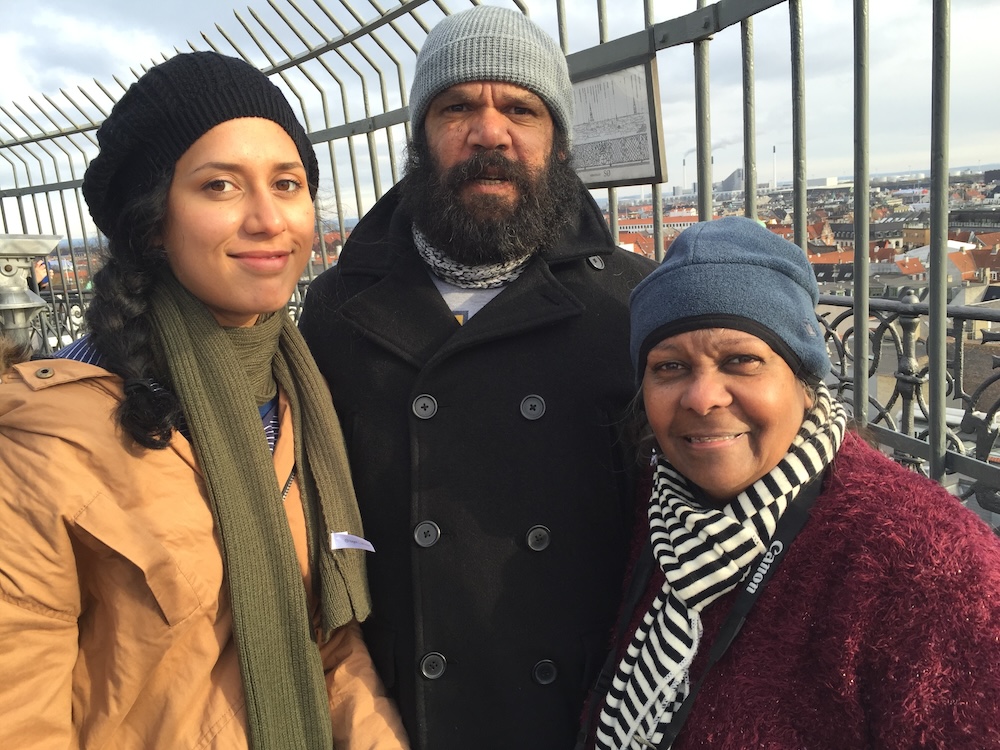
Australian Indigenous students (Brandi Salmon, Dewayne Yates (Wiradjuri), and Elly Chatfield (Kamilaroi)
The role of the Charter is to assist design practitioners but it is also intended to promote understanding among practitioners, their clients and the buyers of design including governments, corporations, businesses and not-for-profit organisations of the best practice protocols when working with indigenous knowledge. It is a cultural innovation tool to be used by designers to explain the benefits of authentic cultural representation to their clients and to help them to understand the process required when referencing traditional culture and knowledge in design.

Dewayne Yates (Wiradjuri) points to his community on the Australian Aboriginal map
02
There are 10 points to follow in the Charter, recommendations that range from “Indigenous-led,” and “Deep listening” to “Impact of Design,” and “Reconciliation Action Plan (RAP)".
Can you talk about the structure of the Charter as a template and an open-source best practices document?
RK: Each of the points in the Charter offer key actions that can be taken to ensure appropriate steps are taken when working with Indigenous knowledge. These can be explained as: Indigenous-led is an imperative identified in the United Nations Declaration of Indigenous Human rights. Indigenous-led is forms a substantial pillar to the International Indigenous Design Charter.
Deep Listening is when designers refrain from offering pre conceived solutions from the outset. The Charter suggest that this approach can be powerful for both speaker and listener.
Impact of Design refers the power of design to facilitate change.
Policy-based design guidelines represents professional leadership and corporate social responsibility.
Legal and moral implies the need for self regulation to do what is right not just what is legally right.
A Reconciliation Action Plan (RAP) is a document produced by Australian companies to demonstrate their active support for the process. This point has been replaced with a suggestion that companies develop their own cultural competency awareness.
The Charter has been created to work as both a template and an open-source best practices document. It declares that is will be fluid, open document that will be up-dated on an annual basis. INDIGO welcomes feedback and we encourage people to send us case studies including good and bad examples of how to represent indigenous culture in design practice.
03
Can you give some regional context regarding First Nations design in Australia? How can the Charter become a model for other nations to follow?
RK: The impact of colonisation around the world on Indigenous peoples is consistent and well documented. Since colonisation, Australian Aboriginal and Torres Strait Islander peoples have borne the brunt of extreme prejudice, discrimination and misunderstanding. The fact that the interests, rights and concerns of Indigenous Australians have in the past been dismissed or ignored reinforces the need for an indigenous-led process for cultural representation. The establishment of cultural protocols and engagement processes for communication designers represent an important step towards understanding, respecting and representing Aboriginal and Torres Strait Islander views with an aim to encourage culturally appropriate working practices that value cultural diversity, motivate others and enrich a continually evolving Australian identity
The cultural protocols included in this Charter recognise the diverse cultures and traditions that make up Aboriginal and Torres Strait Islander communities in Australia. The AIDC:CD suggests that appropriate representation of Aboriginal and Torres Strait Islander peoples can ONLY be achieved when effective and respectful partnerships are established between relevant stakeholders.
This paradigm shift has already started as the national psyche shifts from understanding Australia as a young, colonial country to the ancient home of the world’s oldest continuous living cultures. As Australia steps closer to formally recognizing Aboriginal and Torres Strait Islanders in the constitution, designers are increasingly called on to include Indigenous cultural representation in their work but acknowledge the need for guidance on how to do so with ethical and respectful contemporary expression. The Australian Indigenous Design Charter has been created to help facilitate this change. Like the Australian protocol document the International Indigenous Design Charter advocates, if we change the way we look at things, then the things we look at will need to change.
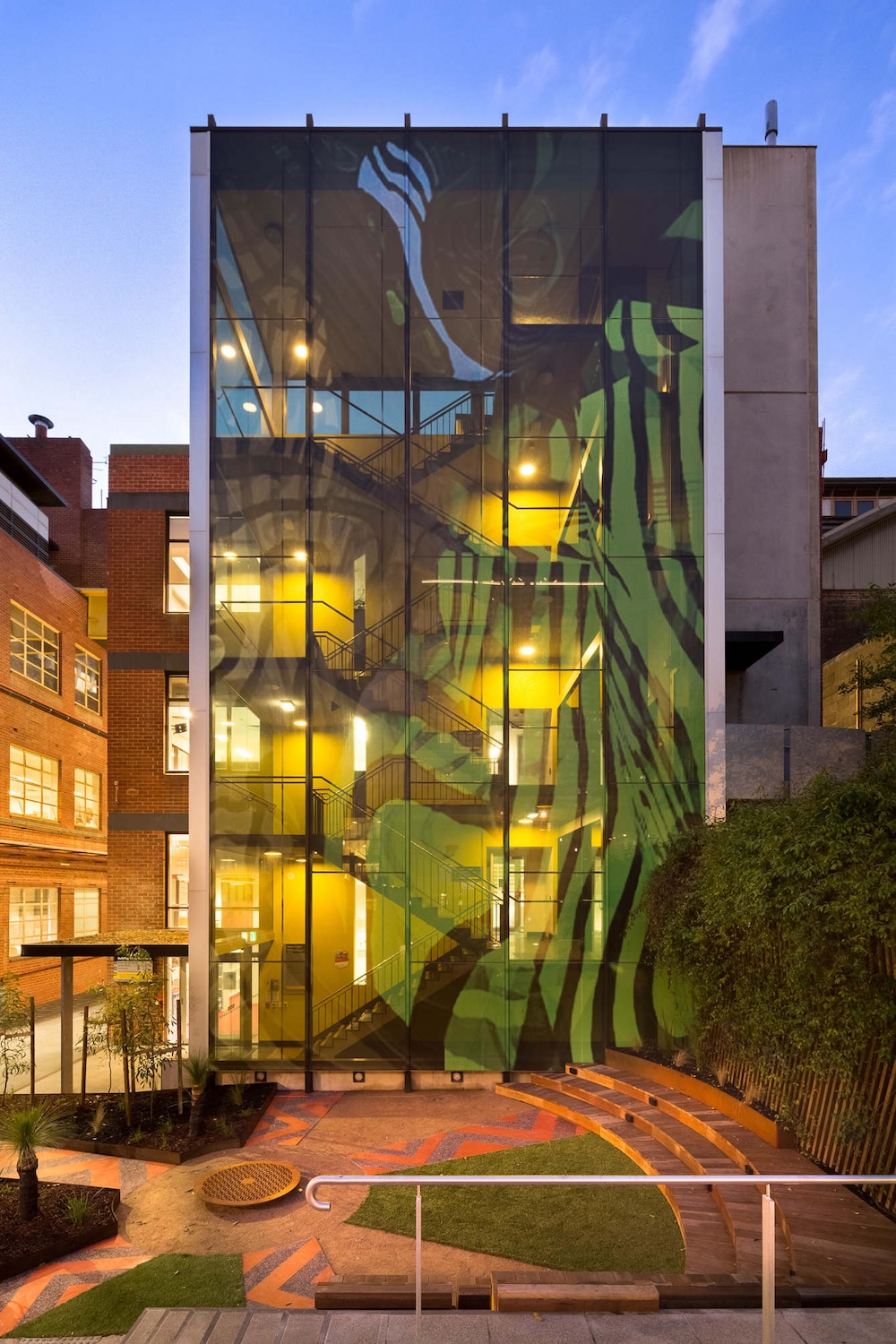
.jpg)
Ngarara Place (RMIT University, Melbourne) Greenaway Architects
By recognising the failures of the past and, in collaboration with our current indigenous communities, we have grasped this intractable problem and proposed a ten-point strategy for design practice. It is one that is unlikely to have emerged from the design industry alone and highlights the critical importance that design schools play to how we can visualise at an inclusive and authentic Australian identity. Co-researcher and co-author, Dr Meghan Kelly makes the point, a principle can be applied in an International context as it can in Australian:
“As design researchers, it is our role to progress innovative concepts and different directions that can lead to a new design expression and shape the visions of contemporary Australian design”.
04
How can a designer best deal with content described as “secret and sacred material”?
RK: Point 1 of the Charter refers to ‘Indigenous led’, which respects the right of the owners of the culture. All other points reinforce the need for respectful understanding. The Charter is based on common courtesy; if you want to access someone’s property you ask for permission, it’s a simple as that.
MK: The charter also refers extensively to consultation. It acknowledged that ‘you don’t know what you don’t know’ so through community and elder consultation there is an opportunity to learn and be informed of what is secret and sacred material, to understand why it is unacceptable to work with this material.
05
Why now? Can we widen the discussion to touch on its relationship to the truth and reconciliation initiatives that have happened all over the world since the 80s (with many more happening in the years 2000+)?
RK: The world is definitely ready for this discussion. Countries such as New Zealand and South Africa are well advanced in the shift to respectful authentication of national identity. The appropriate, ethical and respectful depiction and referencing of indigenous culture is a visible outcome of the truth and reconciliation process. Many countries now feel a need to adjust their national imagery to acknowledge both their indigenous and colonial histories. For example, if Australia formally recognises its pre-colonial history in it constitution, then how will that effect the way designers represent national identity? Currently Australia sees itself as a young country however this perception may change in time Australia starts to celebrate itself as the home of the world’s oldest continuous living cultures. Celebrating our differences can be just as important as the pursuit of common ground when designing for global audiences.
BM: The Australian Indigenous Design Charter posits a framework to give Indigenous voice with political integrity. Image making in Indigenous culture is paramount to relaying our memories of the past into the present which has been practice throughout millennia.


Unaipon Helicopters - brand mark inspired by Aboriginal inventor who conceived the helicopter in 1914.


Bunjil's Wings, Melbourne Museum. Bunjil the Wedge-tailed Eagle is the creator (Kulin nation). Kinetic sculpture by ENESS.
MK: The question of why now raises the question of why this has not been done earlier. Attempts at working with indigenous knowledge in the past have resulted in some very inappropriate outcomes and now we can collectively work to change past attitudes.
06
Addressing the past ‘truths’ of so many Indigenous people’s stories as a first step seems so key before the next steps of reconciliation can have firm foothold. What have proven to be good examples of making more design that is truth- and story-telling from the Indigenous perspective?
RK: Addressing past truths is important, however, the narrative impact of colonisation can vary from country to country. The International Design Charter outlines 10 key points but it also includes a template to customise additional regional sensibilities or considerations if requited. Authenticating national identities through truthful visible story telling is beneficial to all stakeholders.

.jpg)
Qantas Wunala Dreaming by Balarinji Designs (Copyright by Dean Heald | 2006-11-06 | LAX | Airport-Data.com)
07
What about loss of 'social capital'— the loss of bonds between families and communities as well as the loss of trust between law and governmental bodies — for Indigenous groups all over the world; has there been trickle-down effect on fair working practices for Indigenous designers? How might the Charter will play a role in reinstating this social capital?
RK: The loss of trust and social capital is the biggest obstacle to any initiative that proposes the sharing of Indigenous knowledge. This Charter advocates that visibility across the broader community will have a positive impact of rebuilding social capital. It’s about building enough trust to give a bit to gain a lot.
Cultures are in a state of constant change. Support for authentic representation and acknowledgement of indigenous knowledge in commercial design practice, in agreement with indigenous communities as they wish to represent their culture at any given point in time, reinstates agency in indigenous peoples to manage and control their visual representation. The Charter provides a best practice process to achieve this. — Dr Meghan Kelly
08
What does the ‘too hard basket’ refer to?
RK: Designers need access to a shared knowledge base but the process by which this occurs must be led and supported by our indigenous communities. It is important that they are not only in control of their own culture, but also acknowledged to be in control. To do otherwise is merely to appropriate their rights, knowledge and status.
MK: There are many stakeholders who have a role to play when working with Indigenous knowledge. Their competing interests mean the process of indigenous-led, appropriate and respectful engagement is often hard to achieve and therefore placed in the ‘too hard basket’. The Charter provides the framework to achieve this with ethical consultation involving all stakeholders.
09
The Was.Is.Always: South to North workshop held in Greenland, Sweden and Denmark asked design students to face the issue of indigenous-led design head-on. How did this initiative serve as testing ground and bridge for building a global Indigenous Charter?
RK: The workshops in Greenland, Sweden and Denmark used the Australian Indigenous Design Charter as a starting point for discussion. It was fascinating to see how well it aligned with the values and issues face by the Sami and Inuit communities represented at the workshops. The discussion relating to modification mainly surrounded terminology and descriptive language.
.jpg)

Michael Nona (Badu Island, Torres Strait) reflects on the Charter’s impact in in Greenland
MK: The community consultations asked participants to consider the ten points of the International Indigenous Design Charter and how it can be applied to their unique cultural circumstances. Discussions raised questions of how to work with indigenous knowledge in commercial design, seeking approvals, conduct community consultations and the role of non-indigenous versus indigenous designers. These consultations served as a testing ground for the wording of the Charter and highlighted challenges of interpretation by those who will follow the protocols.
10
As a larger outcome, Brian has talked about achieving a broader ‘cultural competency’: a better ability to deal with indigenous culture, understand it, respect it, embrace it and not marginalise it. How does the visibility of design make it a good medium to ‘consult with culture’ and then share what has been learned with the world?
RK: Visibility and allowing for contemporary expressions of traditional culture is also crucial to its survival.
In today’s globalised world, alliances are just as likely to be forged along the lines of cultural understanding as they are on economic and geographic ones.
— Damien Miller
11
Can you talk about a case study where Australian designers were asked to work with Indigenous identity in a design project and were successful at not losing its meaning?
RK: I think the Ngarara Place at the Royal Melbourne Institute of Technology (RMIT) represents a significant example of contemporary interpretation of Indigenous culture that is right in the heart of Melbourne, Australia. In recognition of the oldest continuing culture in the world, this example of landscape/urban design intervention has been incorporated into the heart of RMIT’s city campus. Created as a space of pause or contemplation, Ngarara Place draws on four key pillars, which anchor the narrative embedded in the design:
1) Connection to country
2) Cultural motifs
3) Contemporary Aboriginal art
4) Knowledge exchange.
There are many examples now emerging in Australia but for me the Wunala Dreaming design for Qantas was the project that marked a pivotal point in cross-cultural design and national representation in Australia. It was a mature, confident, indigenous-led statement. It proudly celebrated Australia’s rich pre-colonial culture as a unique point of difference to the world. Designed by John and Ros Moriart Wunala Dreaming demonstrated a way to diplomatically challenge firmly established, post-colonial conventions relating to the representation of Australian identity. By exploring a new relationship between Australia’s indigenous and colonial histories John and Ros continue to forge a convergent pathway of cultural hybridity.
Ken Cato commented on the significance of the Balarinji Qantas design in the context of an Australian style: ‘If you’re a designer, the one thing you’re chasing is something different, and yet we ignore thousands of years of history because we feel we’ve got to fit in while at the same time pretending to stand out’. The Qantas design was no accident: Balarinji’s contemporary expression of ancient culture provides clues to creating future expressions of Australian identity. Their design methodology is highly considered and strategically mapped. Their guiding principle is authenticity and they strongly believe that designers need to search from within rather than defaulting to the insecure practice of following other countries. This case study also had a positive impact on other indigenous designers including Alison Page, a Walbanga-Wadi Wadi woman and highly respected spokesperson on design who said: ‘The Balarinji designed Qantas aircraft is a positive example and it’s really visible. I think it is appropriate because Aboriginals designed it. It’s authentic work’.
12
How do you foresee the next generation incorporating the Charter as a tool? What have been some of the generational challenges when conceiving of it?
RK: Design companies and in particular branding agencies are rapidly embracing indigenous culture as a unique point of difference, especially in regard to place branding.
Today’s designers may have a better understanding of the issue but they still require assistance to navigate what can be a complex and difficult space.
.jpg)

Visible Steps, Australian Indigenous Design Alliance
MK: Our aim is that the Charter is no longer needed with the next generation of designers. Instead, designers naturally take these steps in their design practice without needing to be guided.
13
How will the agreement between INDIGO and ICoD play a role in the Charters development and implementation in the coming years, and which aspects of the Charter will be presented very soon at the World Design Summit?
RK: INDIGO is a meeting place to share knowledge and discuss methods relating to the ethical and appropriate representation of indigenous culture in communication design practice. INDIGO will explore issues of hybridity, post colonialism and relationally with a primary aim to explore contemporary expressions of traditional culture within a respectful, cross-cultural frame. It will promote indigenous led design research, advocacy and industry consultation. The International Indigenous Design Charter will be the flagship project of INDIGO. The objective of International Indigenous Design Charter is to strengthen identity and by doing so build self-esteem and a sense of place through cultural visibility.
.jpg)

Webb Bridge, inspired by Aboriginal fishing traps by Denton Corker Marshall Architects.
ABOUT
The Australian Indigenous Design Charter – Communication Design (AIDC: CD): Protocols for sharing indigenous knowledge in communication design practice
The Australian Indigenous Design Charter – Communication Design was coauthored by Dr Russell Kennedy and Dr Meghan Kelly from Deakin University, School of Communication and Creative Arts in collaboration with Dr Brian Martin (Muruwari, Bundjalung, Kamilaroi), Deakin University, Institute of Koorie Education (IKE), Jeffa Greenaway (Wailwan/Gamillaraay), Indigenous Architecture and Design Victoria (IADV) and the Management and Executive Board of the Design Institute of Australia (DIA). The authors would like to thank Professor Christoph Antons (Deakin Law School) and Patricia Yates (Deakin University Solicitor) for discussions and input regarding legal terminology and legal issues related to traditional cultural expressions.
AUTHOR BIOS
Dr Russell Kennedy
Senior Lecturer, Visual Communication Design, Deakin University, School of Communication and Creative Arts
Kennedy’s research is in the area of cultural representation focusing on the relationship of indigenous visual culture to national Identity. Kennedy’s PhD thesis is titled Designing with indigenous knowledge: Policy and protocols for respectful and authentic cross-cultural representation in communication design practice. Kennedy is a Fellow of both the Royal Society for the encouragement of Arts, Manufacture and Commerce (RSA) and the Design Institute of Australia (DIA). He was President of the International Council of Communication Design Icograda (2009-2011) and a board member (2003 -2013). Kennedy was a Regional Ambassador to INDEX: 'Design to Improve life', the Danish Government’s International Award program (2007-2013).
Dr Meghan Kelly
Senior Lecturer, Visual Communication Design, Deakin University, School of Communication and Creative Arts
Meghan Kelly currently serves as the Associate Head of School for Teaching and Learning in the School of Communication and Creative Arts. Kelly’s research explores issues surrounding identity creation and representation in a cross-cultural context with a focus on indigenous communities. Her passion for a global understanding of design extends into her teaching practice and continues to be explored in research projects and design opportunities. Together with Kennedy, Kelly has written the Australian Indigenous Design Charter: Communication Design and has travelled to Denmark, Greenland and Sweden to explore its transformation into the International Indigenous Design Charter. Kelly is a member of the Design Institute of Australia (DIA).
Dr Brian Martin (Muruwari, Bundjalung,Kamilaroi)
Deakin University, Institute of Koorie Education (IKE)
Brian Martin expertise is in the area of Australian Aboriginal representation and cultural competency building in business. Brian designs, develops and delivers cultural awareness programs, including Reconciliation Action Plans, to various private and public organisations. While Acting Director of the Institute of Koori Education at Deakin University Australia, Brian provided academic, research and administrative leadership to the Institutes staff and students. His role was to ensure that the Institute of Koorie Education fulfilled its mission to enable Aboriginal and Torres Strait Islander students to study without being removed from their communities for substantial periods of time. His publication history has investigated the relationship of materialism in the arts to an Indigenous worldview and Aboriginal knowledge framework and epistemology. As a practising artist for twenty-five years, Brian exhibits both nationally and internationally. His work is in various private and public collections including the National Gallery of Victoria.

relatedarticles
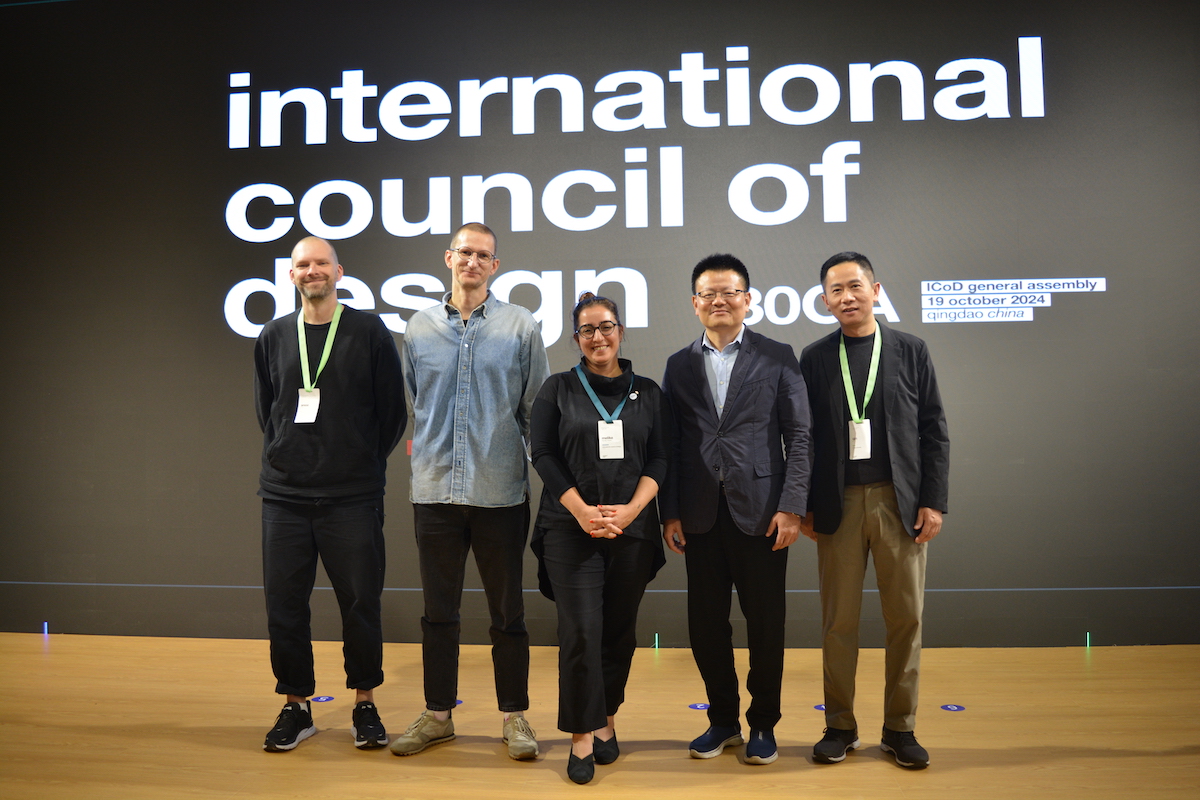
meet the 2024–2026 executive board
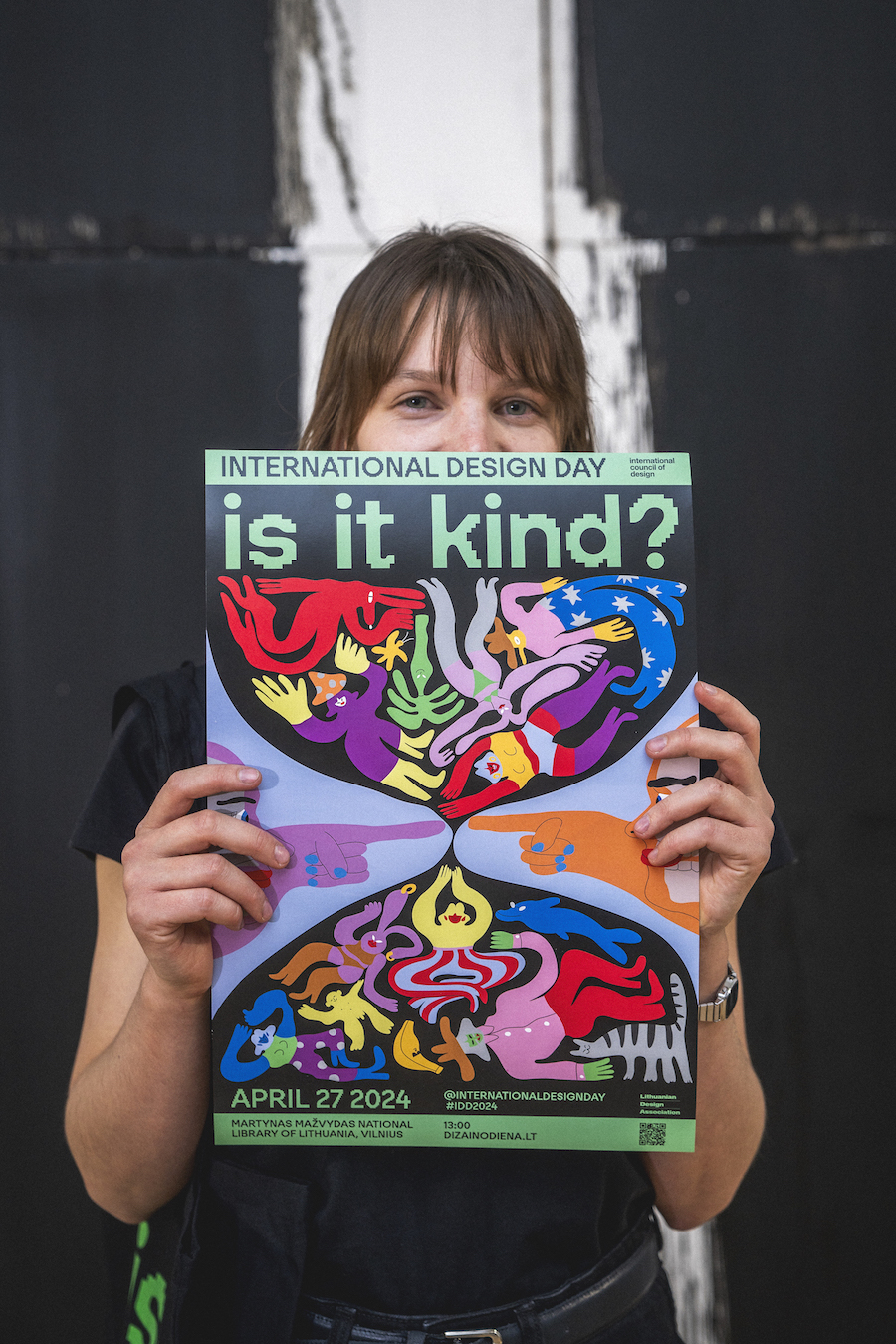
international design day 2024: is it kind? recap
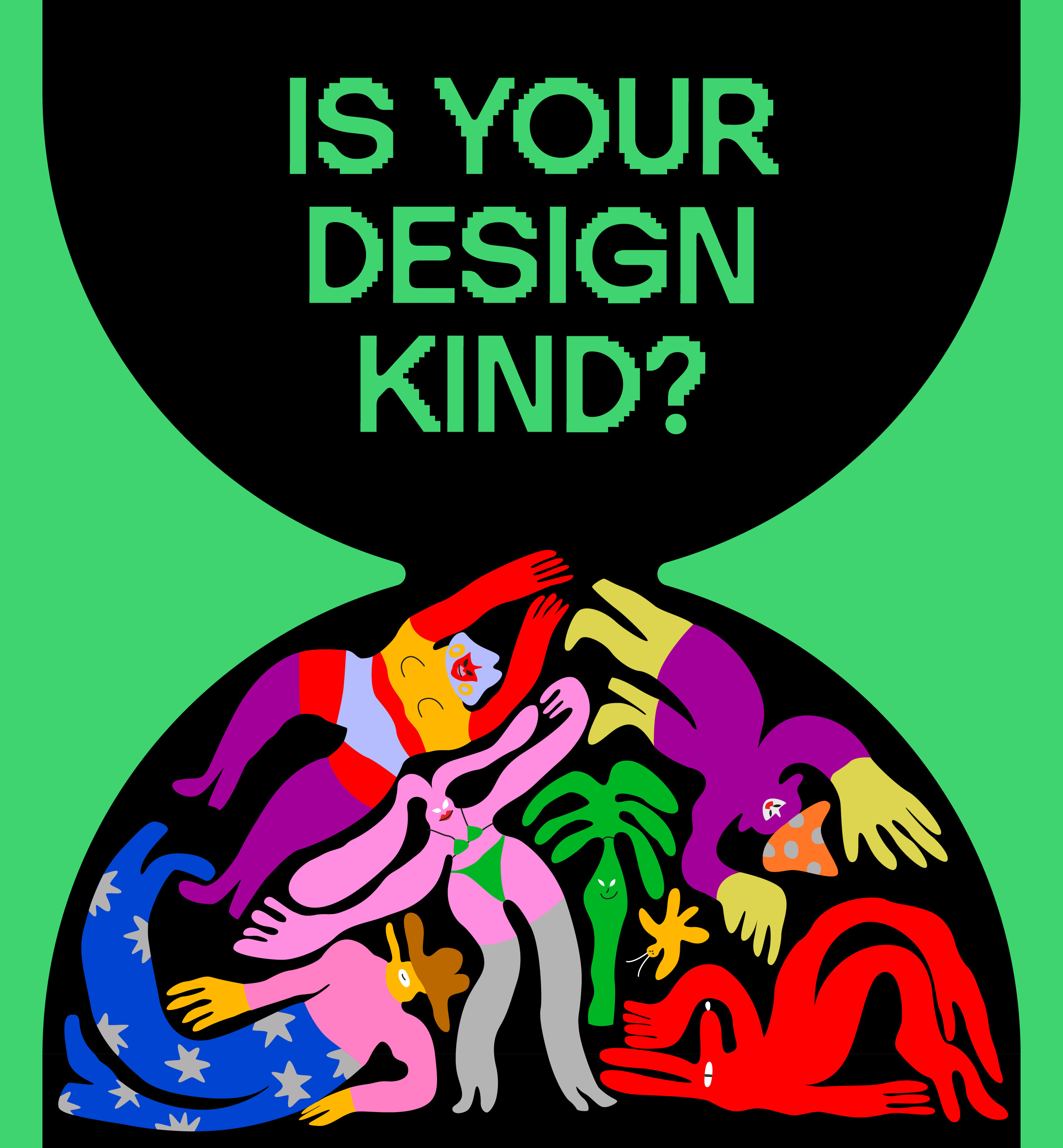
LDA forum + international design day 2024 conference
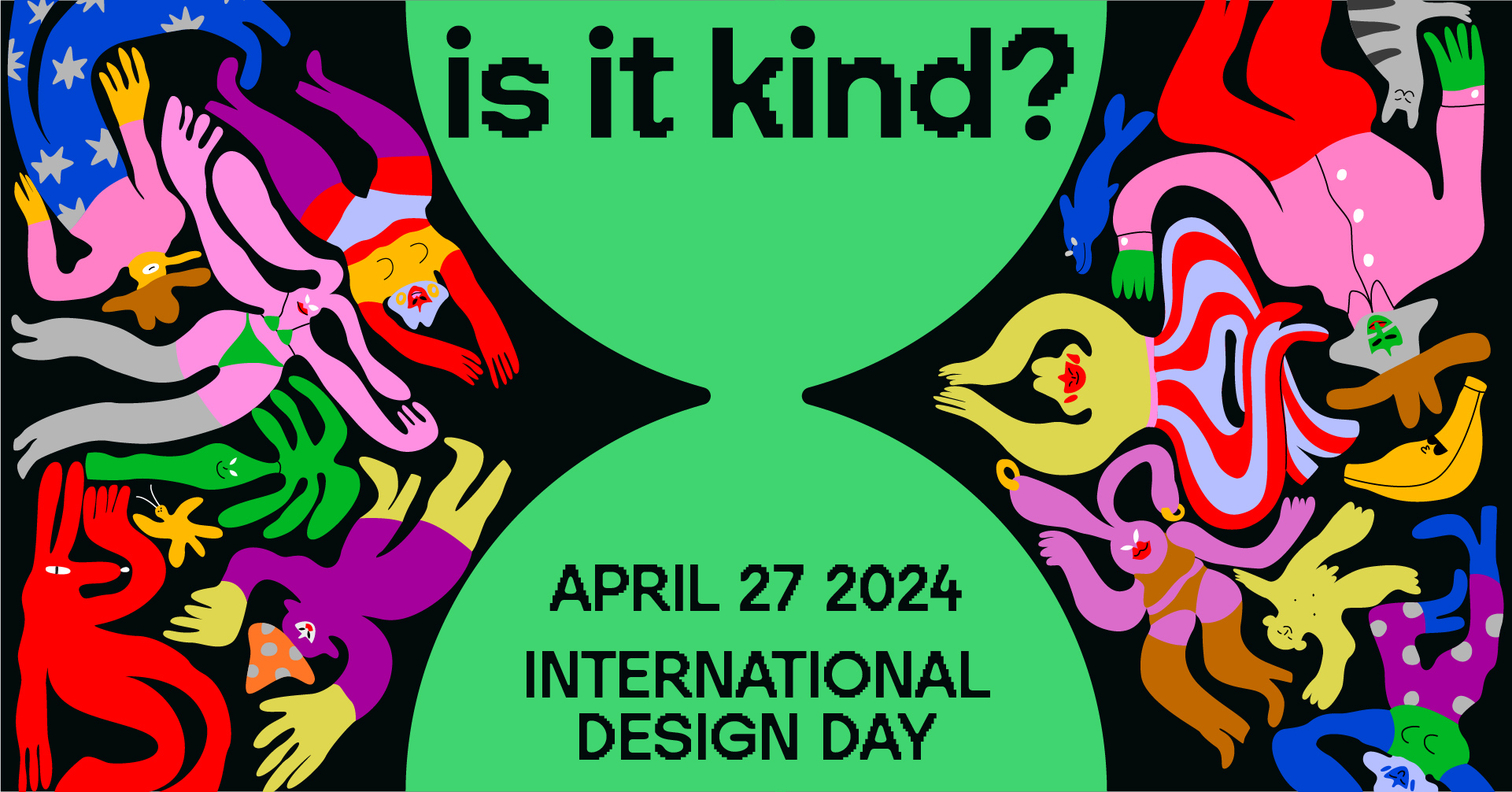
is it kind? ICoD announces international design day 2024 theme

.JPG)
.JPG)